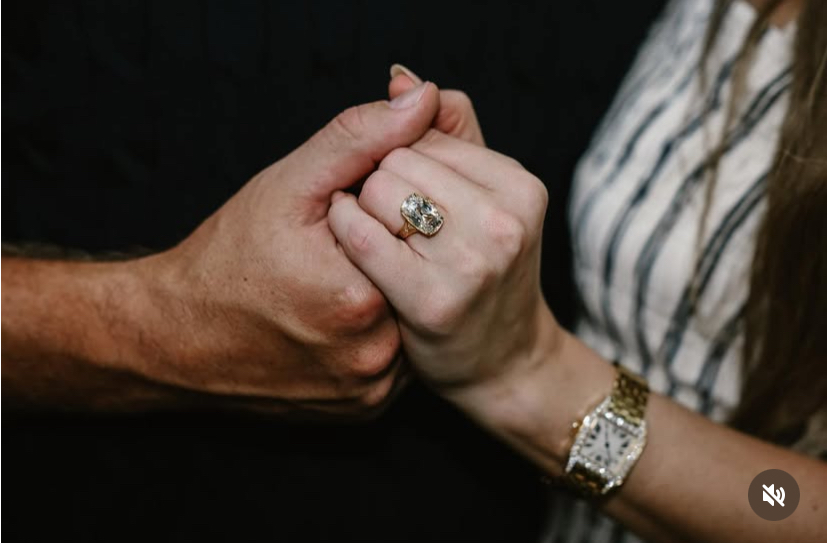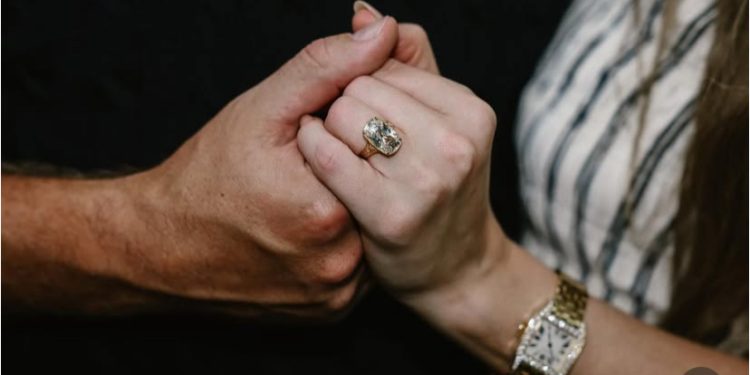Pop superstar Taylor Swift has officially announced her engagement to NFL star Travis Kelce, sending fans and jewelry experts into a frenzy. The couple shared a series of photos on Instagram, including a close-up of a stunning, vintage-inspired engagement ring that is rumored to have been co-designed by Kelce himself.
While fans celebrated the “English teacher and gym teacher” getting married, the public quickly turned its attention to the massive, old-cut diamond, sparking a global conversation about celebrity jewelry trends and the ethics of the industry. The ring’s estimated value ranges from £500,000 to £4 million, a price tag that reflects the growing demand for unique, high-value celebrity engagement rings.

Vintage Style and the Rise of Statement Diamonds
The ring’s aesthetic perfectly matches the vintage charm of Swift’s newly announced album, The Life of a Showgirl. According to industry expert Rachael Taylor, the stone’s softer sparkle suggests it’s an antique diamond cut by hand, which is rare for such a large piece. This choice signals a broader shift in celebrity engagement rings toward less traditional settings and cuts, a trend also seen on stars like Zendaya and Dua Lipa.
Rhona Fitzpatrick, founder of the Diamond Expert, notes that while big, oval diamonds are still popular, stars are opting for one-of-a-kind statement pieces to differentiate themselves. Cristiano Ronaldo’s partner, Georgina Rodríguez, made headlines with her huge oval-cut ring, reportedly worth up to $5 million, proving that celebrity rings are becoming more extravagant than ever.
Mined vs. Lab-Grown Diamonds: A Complex Ethical Choice
The focus on Swift’s antique diamond has also reignited the debate over the ethics of jewelry. As a cost-effective alternative to natural diamonds, lab-grown diamonds are gaining popularity, now accounting for 52% of engagement rings globally. While these diamonds offer a traceable and often more affordable option, experts like Ms. Taylor say the ethical choice is not as simple as it seems.
The production of lab-grown stones requires a significant amount of energy, while the natural diamond industry provides crucial financial support to communities in diamond-mining regions. The ethics of an antique stone like Swift’s are even more complex, as its origin is unknown and could have been mined under exploitative conditions over 100 years ago. Ultimately, the decision of whether to purchase a mined, lab-grown, or vintage diamond often comes down to an individual’s personal values, weighing social and environmental impacts.

















